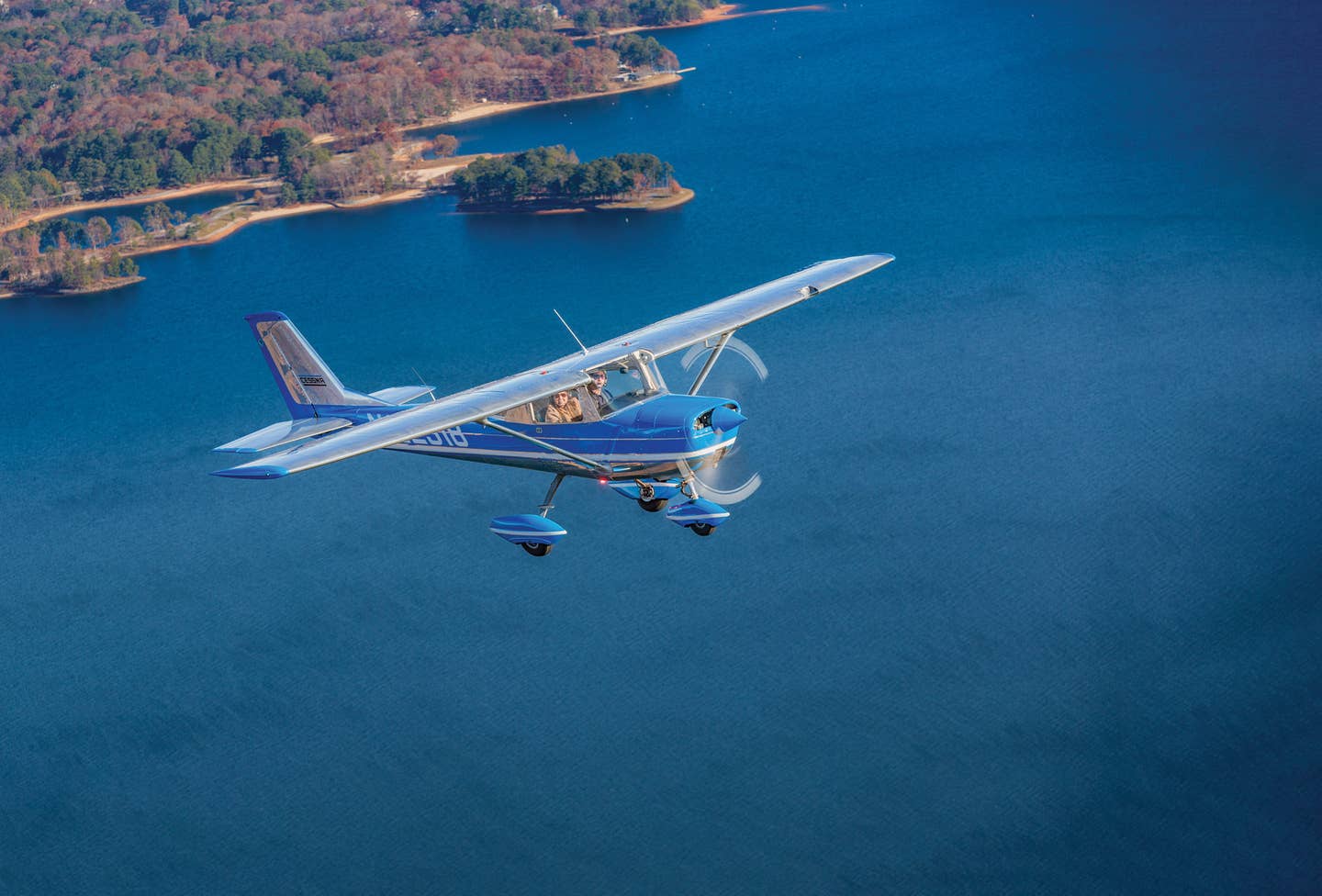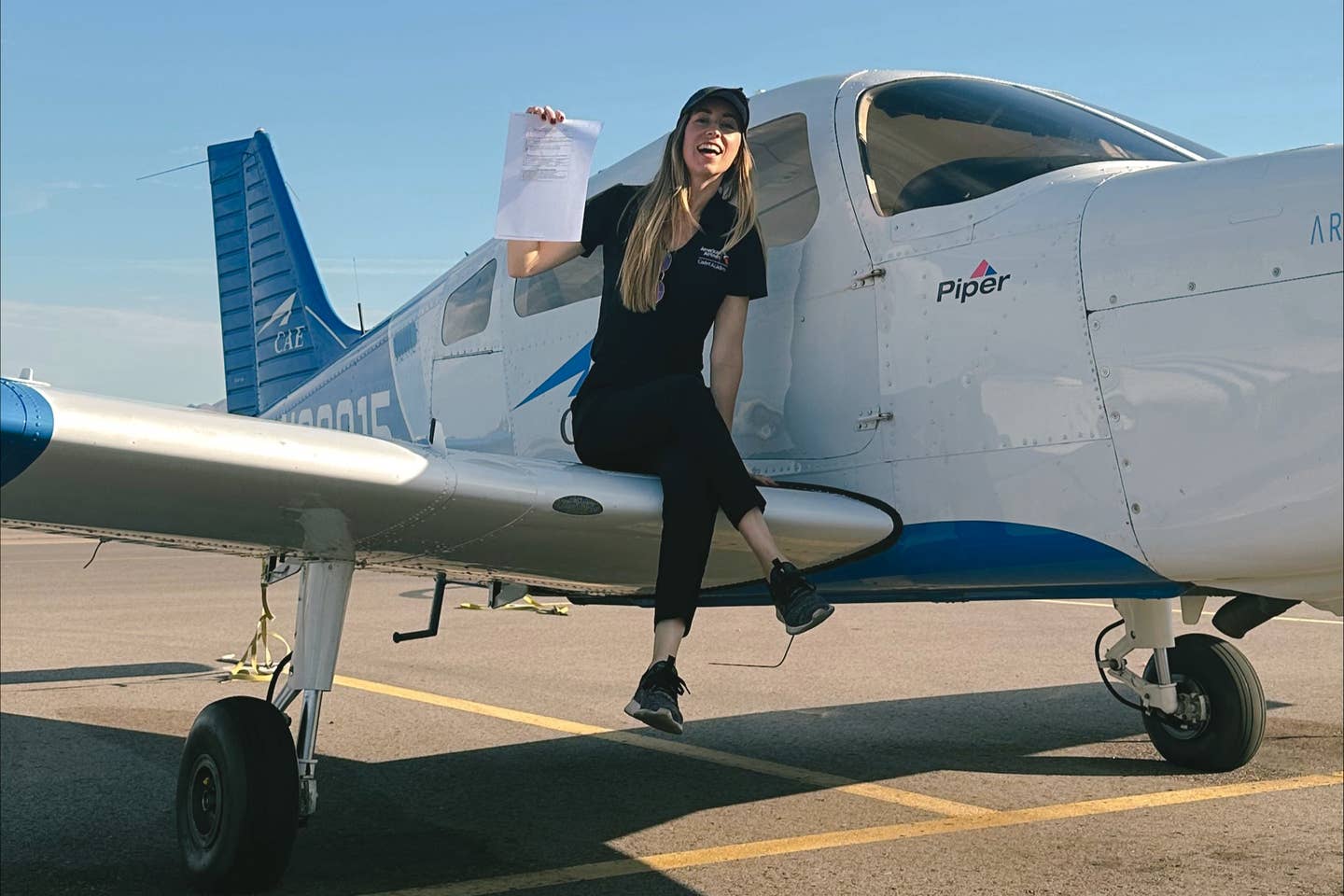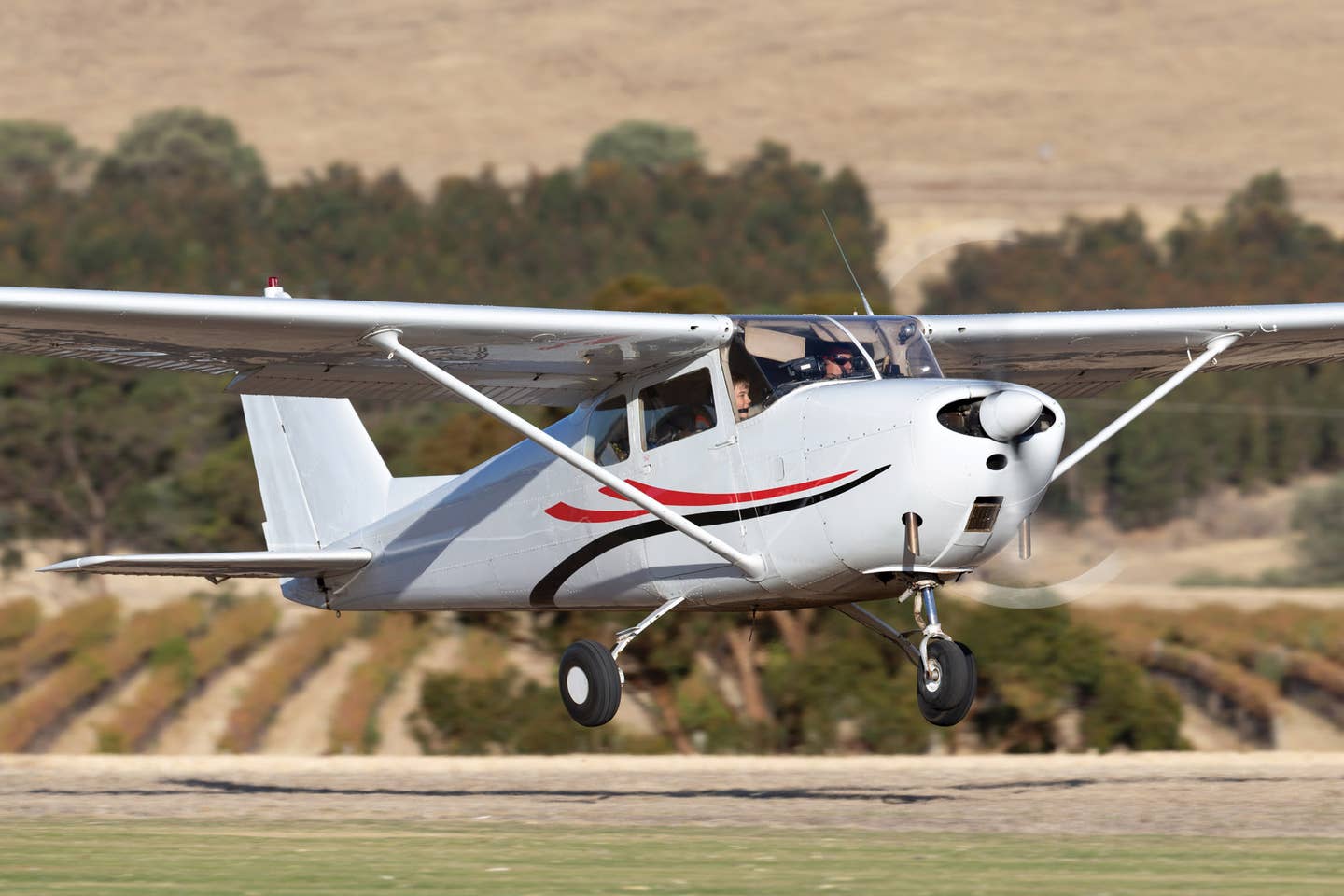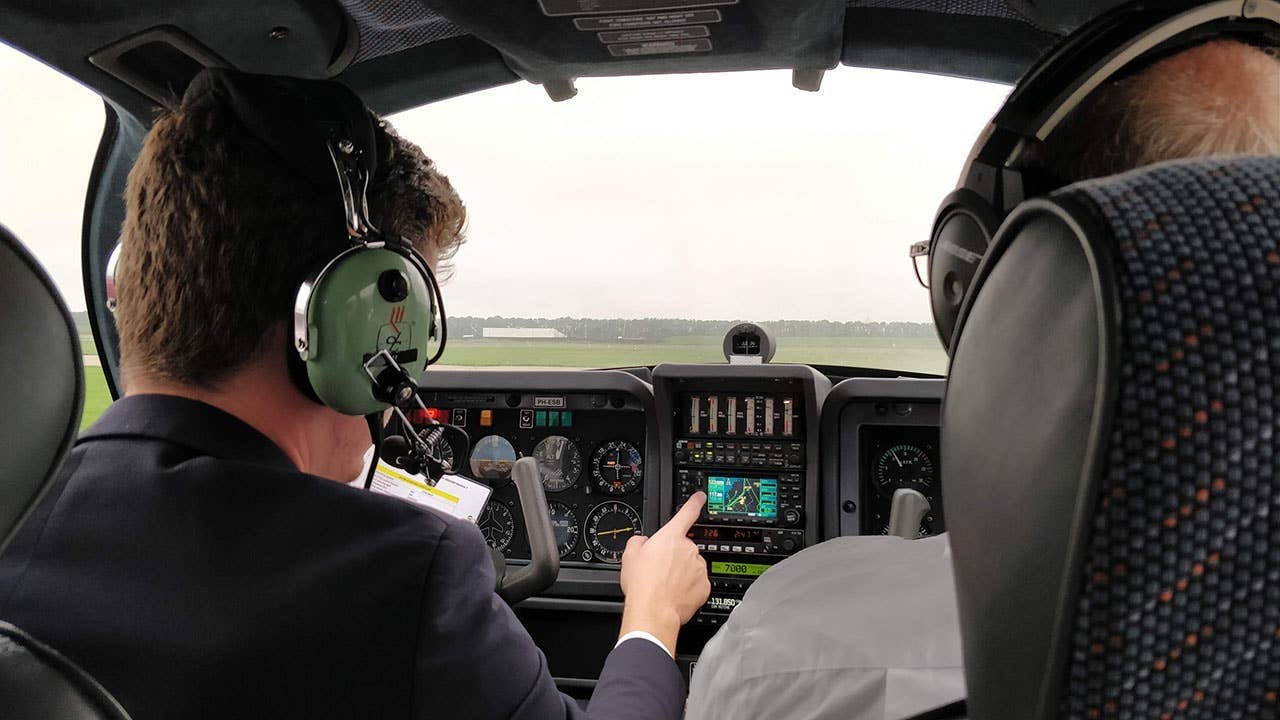Top 10 General Aviation Stories Of The Year
Here are the blockbuster aviation stories of a remarkable 2018 for GA.
In 2018, we watched as aviation came face to face with new technology on several important fronts. Of course, anyone who's been around flying for very long knows that almost nothing changes fast in aviation, so the coming together of light-speed tech advances and fully developed, if not perfected, aviation systems has got to lead to big crashing sounds, and it has. The world of drone implementation is a huge mess. The old-school FAA is coming face to face with cries for modernization, and the agency is predictably unhappy with changing its game. Fuel continues to be an issue. We have yet to develop a way to get unleaded avgas to pilots, and ADS-B is a looming disaster, with January 1, 2020, the day the mandate goes into effect, will be less a celebration and more a day of reckoning.
The year was not without its triumphs. Cirrus Aircraft took home the Collier Trophy for its SF50 Vision Jet. There are new and exciting planes coming up, including some promising electric models and some autonomous ones as well. The annual High Sierra Fly-In was a game changer, EAA AirVenture was one for the ages, and, most importantly, flying continues to be a blast.
With the caveat that there will be some omissions, we proudly present Plane & Pilot's top 10 aviation news stories of 2018.
1. ATC Giveaway Stymied
For much of 2017 and 2018, general aviation groups lobbied hard against the airlines to overcome the efforts of one U.S. representative, Bill Shuster, R-Pa., the head of the House Transportation Committee, who had made it his life's mission apparently to engineer the handover of the nation's air traffic control system to a private group to be run by a private board controlled by airline interests. The new structure would have instituted much higher costs for general aviation flights and limited arrival slots for GA at many of the nation's airports served by the airlines, among other possible hits.
The effort by Shuster used every trick in the book, even very publicly withdrawing the amendment with one day to go before the vote on the bill that had previously included the ATC giveaway language, only to reinsert it at the 11th hour in a sneak attack, which ultimately failed as well.
With Shuster heading for retirement, one might be tempted to think the battle is over, but the airline lobby isn't going anywhere. Keep supporting your alphabet groups, which fought valiantly against the giveaway.
2. Cirrus Jet Wins Collier
It's not often that general aviation gets a big win, but in April Cirrus Aircraft took home aviation's highest honor when it was awarded the 2017 Collier Trophy for its groundbreaking SF50 Vision Jet. Competing against a field of nine aircraft and spacecraft, including the favorite for the prize, the Boeing 737 MAX, and several other noteworthy nominees, the Vision Jet became the first light aircraft to take home the prize since 2005, when the Eclipse 500 twinjet won the honors. Cirrus delivered the SF50 in December of 2016 and has by now delivered almost 100 of the jets and has orders for hundreds more.
3. Safest Year In Aviation!Ever
According to the AOPA Air Safety Institute, 2016 was the safest year in GA history. While there are various explanations for why we've seen such a decline in accidents---no one seems shy about rushing in and taking credit---the truth is that there are dozens of possible contributors. The bottom line is a wonder to behold. In 2016, accidents were down by 57 percent compared to a baseline standard that averaged accident rates for a five-year period from 2001 to 2005. Fatal accidents in 2016 were 41 percent lower than during that same baseline period. The even better news? Based on data trends, 2017 looks as though it could be safer still.
4. ADS-B Down To The Wire
Early in the year, when the General Aviation Manufacturers Association (GAMA) announced that the United States GA fleet had reached a milestone in ADS-B equipage, it was an announcement that seemed like more of a warning. The shocking element of the news was not how many aircraft have been equipped but how many haven't been outfitted yet. The milestone mentioned in the release was that in advance of the January 1, 2020, deadline, 40,000 GA aircraft have now been equipped with FAA-compliant ADS-B gear. That seems like a lot, and it is, but the kicker is how many remain to be equipped. The FAA estimates that between 100,000 and 160,000 need to be outfitted with ADS-B. So that leaves between 60,000 and 120,000 aircraft that still need the gear. GAMA president and CEO Pete Bunce pointed out that "we're now just two years out from the FAA compliance deadline"---by now we are much closer to just one year---and that "it is essential that those operators who haven't yet make a plan for equipage to avoid having their aircraft grounded."
5. Low-Cost Digital Retrofit Avionics
Over the past year, we've seen some great progress in the introduction of nontraditionally certificated products becoming available for retrofit into light GA planes. The problem has been around for a while. While new digital avionics are safer and cheaper than their analog predecessors, it's harder and more expensive to certify those avionics for Part 23 birds. It's the opposite of how it should be. So a couple of years ago, the FAA started working with the industry to get these high-quality, low-cost avionics into the cockpits of lower-value planes, at first through regulatory sleight of hand and, later, through regulatory reform. The result has been a mixed bag. A couple of products, most notably Garmin's remarkably affordable (about $2500) G5 digital attitude indicator and horizontal situation indicator (HSI) has been hugely successful, with Garmin shipping thousands of them last year. Garmin's add-on GFC 500 digital autopilot (see our pilot report in the November 2018 Plane & Pilot) is a companion piece to the G5 and does things no autopilot at its price point should ever be able to do. But it does, and more. Genesys Aerosystems' S-TEC 3100 digital autopilot came on the scene in a big way in 2018, too, and is now certificated in more than 100 aircraft types. This hopefully will be a continuing story, and we look forward to reporting on more news next year of further advances.
6. AOPA Faces Off Against Big FBOs
Over the past year, the Aircraft Owners and Pilots Association (AOPA) has been duking it out with big FBOs in the courts and city council chambers about how much it costs not to fly but to land many places. To get started, AOPA reached out to members to identify FBOs that its customers report charge excessive ramp fees, often coupled with sky-high fuel prices for a one-two punch that makes landing at certain airports an expensive proposition. The response from the FBOs, which often operate monopolies at popular GA airports, has been predictable. Very little movement. But in October, Signature Flight Support, the nation's largest chain of FBOs and a prime offender in what AOPA calls "egregious pricing," published its rates for piston singles at its facilities. The good news: At least we know what to expect. The bad news: The fees are still really high.
7. A Long Goodbye For Santa Monica
After a harrowing back and forth with the city of Santa Monica, the FAA and the general aviation community, the city of Santa Monica, which clearly hates GA and cares not a whit for its rich aviation heritage, "won." The FAA, which had previously been pushing Santa Monica to keep its small oceanfront GA airport open, swapped sides and without warning gave in to the city's evil plan to shut down KSMO. The negotiated plan is for the city to lop off a third of the runway (to keep most light jets away) and to bulldoze the strip altogether by 2028, allowing pilots to enjoy SMO for another nine years before it becomes the latest downtown GA airport to go away.
8. Airline Hiring Frenzy
Some wise person (oh, yeah, that was me) once said that you can't fool Mother Nature or demographic trends, and we're seeing the latter in full bloom in the current state of the pilot marketplace. In short, there are not enough ATPs to go around, and you need an ATP certificate to get into the cockpit of an airliner these past many years. With tens of thousands of baby boomer pilots retiring, and the increase in air travel coupled with the higher pilot requirements, we have a perfect storm of demand. If you're an ATP, less than 60 years old and still breathing, well, they've got a job for you. Wages are up, way up, benefits are up, pilot unions have newfound clout and aviation training organizations are filled to the brim. Twenty years ago when we did a survey of the pilot marketplace, the news was, well, exactly the opposite of this. It's great news for pilots.
9. Drones
The rise of drones is arguably the single biggest story of the year, and it likely will be next year as well. The meat of the movement is a giant consumer fascination with little polycopter things with cameras attached. Millions of drones are now in use. But the importance of the trend has more to do with three things: safety, since drones share the skies with planes filled with people; privacy, since drones occupy the airspace immediately above people's backyard swimming pools; and regulation, since drones will apparently play a big role in commerce in the future, though just how that will work has yet to be determined. With all this in mind, Congress and the FAA have been busy writing laws to regulate drones, and the courts have been busy striking down many of those regs. The latest FAA funding bill, passed in October, puts the weight of law behind a number of FAA regulations while layering regulations onto the model aviation community. Bottom line, drones are hugely disruptive, and none of this has played out yet. Though it will.
10. Ubers Of The Skies
The mobility world---yes, that is a thing---is all abuzz with mobility solutions talk, and for many city dwellers, that means learning how to dodge out-of-control e-scooters. But the big plan for many companies, including Boeing, Airbus, Google, Uber, and others, is to make automated air transportation---meaning, no pilots needed---the standard way of getting around. Many of the so-called solutions involve the development of autonomous flying machines, many of which are electrically powered multi-copters that feature computer-controlled operation, including navigation and collision avoidance. Listening to these developers talk about their inventions, you'd come to believe that it'll all be here in a year or two. We remain highly skeptical, but it inarguably will be interesting to watch this movement play out. We'll keep you apprised.
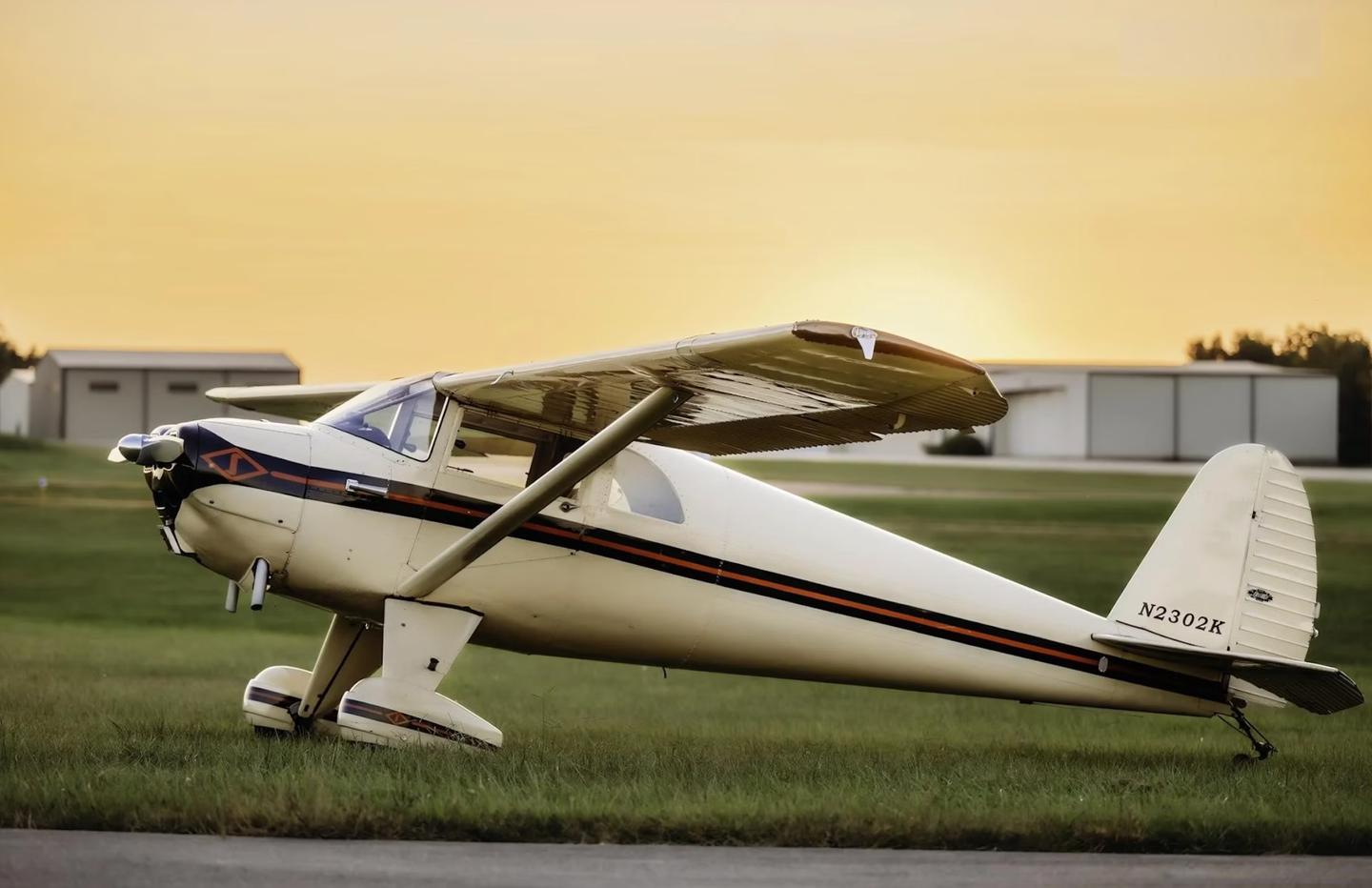
Subscribe to Our Newsletter
Get the latest Plane & Pilot Magazine stories delivered directly to your inbox


